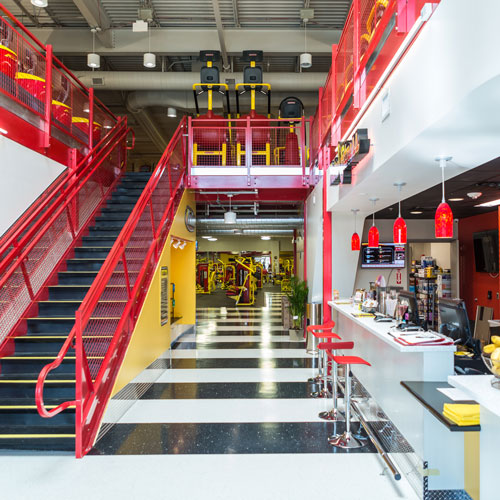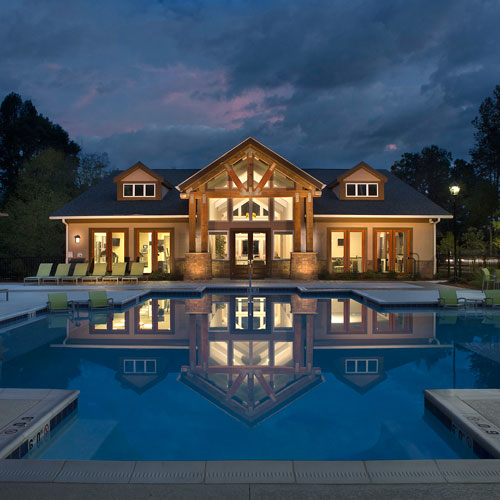“In the old days, data-center design was all about ensuring reliability,” John Pappas says. “That’s still a core requirement, but now the industry is heavily focused on maximizing energy efficiency.” The industry owes thanks for the advancements in this area to engineers such as Pappas.
You could say that Pappas—who was born in Kansas City, Missouri, but now resides in Kentfield, California—is a bit of a green evangelist. He grows his own food, loves cycling, and rides an electric scooter. Since graduating from California Polytechnic State University–San Luis Obispo in 1980 with a degree in environmental engineering and an emphasis on HVAC and solar, he has been dedicated to weaving sustainable principles into data centers and convincing others to do the same. When he joined Mazzetti Inc. in 1992, the company had 10 employees who worked only in electrical engineering. Pappas started a mechanical division and helped the firm grow to 180 people across 10 offices.
John Pappas On…
The Invention of Hot and Cold Aisles

“In the beginning, data centers were full of giant mainframes that limited our ability to impact energy efficiency due to their sheer size and the space constraints they posed. But when servers hit the market in the late 1990s, things changed dramatically because we realized we could find new arrangements to optimize heat removal. In 2000, I presented a new concept at an industry meeting of the Uninterruptable Uptime Users Group, now called the 7×24 Conference. The idea involved using hot and cold aisles to achieve heat removal.
Previously, data centers incorporated compressor-based cooling systems using refrigerant. Since the late 1990s, I had been using cooler outside air or evaporative water to drive energy costs down. Producing cool air was one thing, but we needed to figure out how best to move that air inside an environment. Most designs at the time were just blowing air around and hoping it went in the right place—kind of like you do in your car, where you can have the AC on and direct the air towards the ceiling or direct the air towards you, and there is a much greater cooling benefit. That’s what led to the hot-and-cold-aisle concept, which is simply an arrangement that controls where the hot air is going and where the cold air is going and minimizes the two mixing. It makes the whole process much more efficient. As data centers become more of a necessity, and as we fill them with faster and better technologies, power demands rise and heat-removal requirements get complicated. This strategy paves the way for continued savings.”
Project Spotlight: The Oregon Data Center
In 2006, Pappas and Mazzetti designed an innovative facility for the State of Oregon. The data center, located in Salem, features a rooftop air-handling system that uses outside air for free cooling.
Now, Pappas has turned his focus to nonmechanical data-center concepts that are easily scalable and readily deployable. He expects his first such product to go live by the end of 2015.
A Helping Hand
Although Pappas is an engineer by trade, his background is in construction. “Most of what I do at work is in my head, so it’s fun to get out and do something physical—to see the creation of my own hands,” he says.
That passion has led Pappas to volunteer around the world in places such as Costa Rica, where he built school lockers, and Haiti, where he and a Project HOPE team scouted buildings for prosthetic laboratories after the 2010 earthquake. And it’s not just a solo effort. As a company, Mazzetti has created a nonprofit to raise the funds necessary to install electrical and photovoltaic systems in Haitian hospitals.


